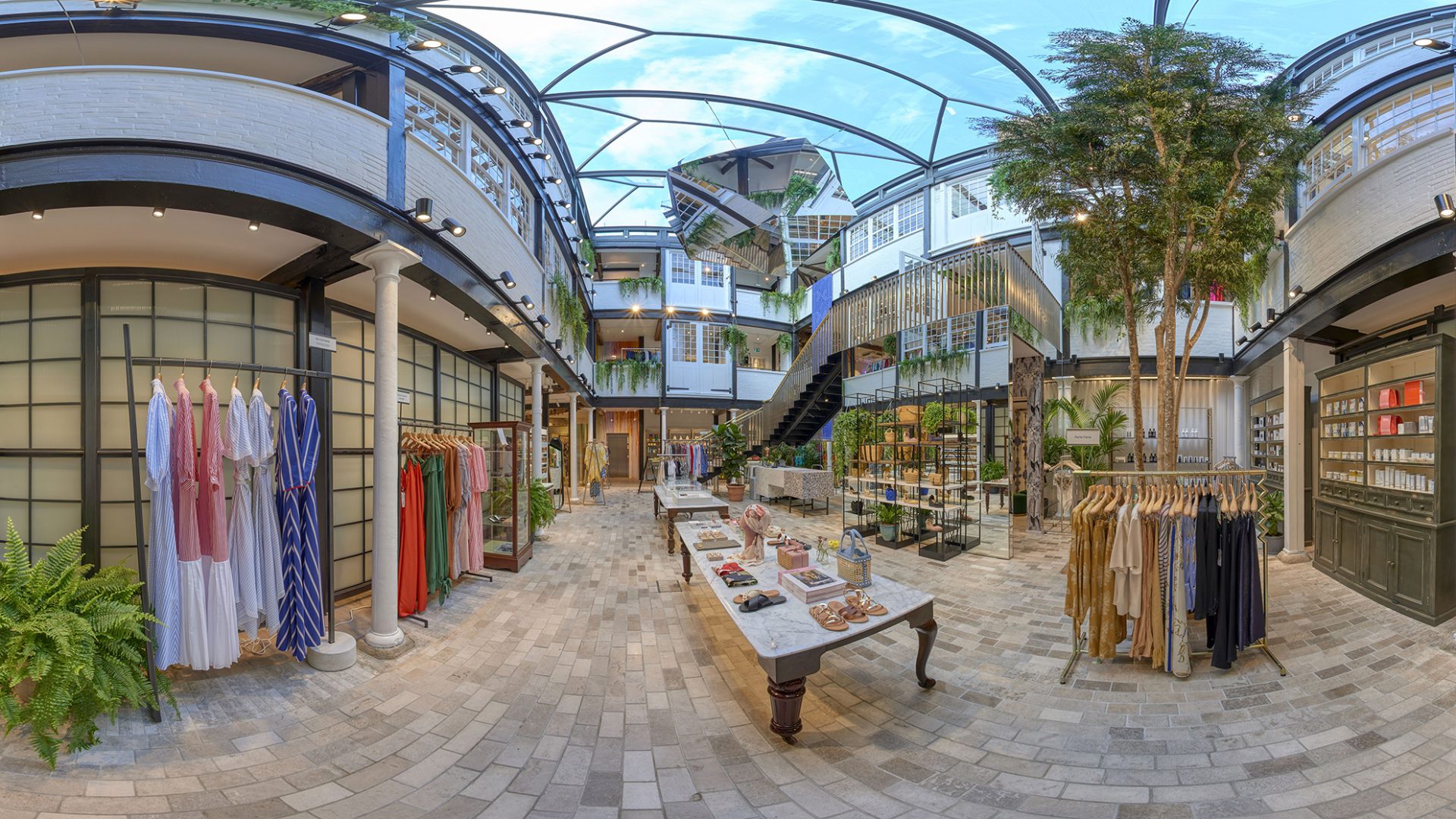
VR & AR in Business
Posted on | by Liz Trumper
The popularity of AR and VR has increased significantly in recent years, particularly within the business world. Augmented Reality (AR) and Virtual Reality (VR) technologies are now seen to offer businesses unique opportunities to engage their customers, enhance their products, and optimize their operations. And businesses are starting to dream big.
How can AR and VR benefit businesses?
There are a number of ways AR and VR technologies can benefits businesses. Here are some most prominent examples:
- Product visualisation: AR and VR technologies allow businesses to create 3D models of their products and provide customers with an immersive visualization experience. This enables customers to better understand the product, its features, and functionality, and make more informed purchase decisions.
- Improved customer experience: AR and VR can provide customers with a more engaging and interactive shopping experience, which can lead to increased customer satisfaction and loyalty.
- Training and simulations: AR and VR can be used to create immersive training simulations for employees, enabling them to learn and practice skills in a safe, controlled environment.
- Remote collaboration: AR and VR can be used to facilitate remote collaboration and communication between employees, teams, and clients. This can save time and money, reduce travel expenses, and improve productivity.
- Marketing and advertising: AR and VR can be used to create interactive and engaging marketing and advertising campaigns that grab the attention of customers and increase brand awareness.
- Data visualisation: AR and VR can be used to create visual representations of complex data, making it easier for businesses to analyze and understand their data.
To give you an idea of how these translate to real examples, take a look at these:
VR in Business examples
- Walmart: The retail giant has used VR to train its employees in real-life scenarios and to teach customer service skills.
- Volvo: The automotive company uses VR to enable customers to experience the features and functions of its cars, including safety features and driving experiences.
- Lowe’s: The home improvement retailer uses VR to help customers visualize and design their home renovation projects.
- NBA: The National Basketball Association uses VR to provide fans with an immersive experience, allowing them to watch games in 360 degrees from different angles.
- NASA: The space agency uses VR to train astronauts and simulate space missions.
- Marriott Hotels: The hotel chain uses VR to enable customers to experience and explore its properties before booking a stay.
- Audi: The car manufacturer uses VR to showcase its concept cars and provide customers with a virtual test drive experience.
AR in Business Examples
- Ikea: The furniture company has an AR app that enables customers to visualize how a piece of furniture will look in their home before making a purchase.
- Pokemon Go: The popular mobile game uses AR to enable players to capture and interact with virtual Pokemon characters in the real world.
- Sephora: The cosmetics retailer uses AR to enable customers to try on makeup virtually, using their mobile devices and an AR app.
- Google Maps: The navigation app uses AR to overlay directional arrows and street names onto a real-world view, making it easier for users to navigate.
- L’Oreal: The cosmetics company has an AR app that allows customers to try on virtual makeup and hairstyles.
- BMW: The car manufacturer uses AR to enable customers to see how a particular car model will look in their driveway or garage before making a purchase.
- Snapchat: The social media platform uses AR to enable users to add filters, masks, and animations to their photos and videos.
AR and VR shaping future businesses
The future of AR and VR in business looks promising, as these technologies continue to evolve and offer new opportunities for businesses to enhance their products, services, and operations. Here are some possible ways in which AR and VR could shape the future of business:
- Remote work: AR and VR technology can provide businesses with new ways to facilitate remote work, enabling employees to collaborate, train, and communicate in a virtual environment.
- Digital twins: AR and VR technology can be used to create digital twins of physical objects, enabling businesses to perform simulations and analyses to optimize operations and performance.
- Personalisation: AR and VR technology can enable businesses to offer personalized experiences to their customers, such as customized product demonstrations, interactive product visualizations, and immersive customer service experiences.
- Improved training and education: AR and VR technology can provide businesses with new ways to train and educate their employees, enabling them to learn and practice new skills in a safe and controlled environment.
- Enhancing retail experiences: AR and VR technology can enable businesses to enhance the retail experience, offering customers new ways to interact with products and explore stores.
- Data visualisation: AR and VR technology can enable businesses to create visual representations of complex data, making it easier to understand and analyse data.
- Enhanced customer support: AR and VR technology can provide businesses with new ways to offer customer support, enabling customers to get personalised assistance in a virtual environment.
Overall, the future of AR and VR in business is likely to be characterised by continued innovation and the development of new use cases for these technologies. As the technology continues to advance, businesses will have new opportunities to enhance their products, services, and operations, creating new value for their customers and stakeholders. We believe the future will be an exciting one for business owners and sales/marketing teams. Watch this space.